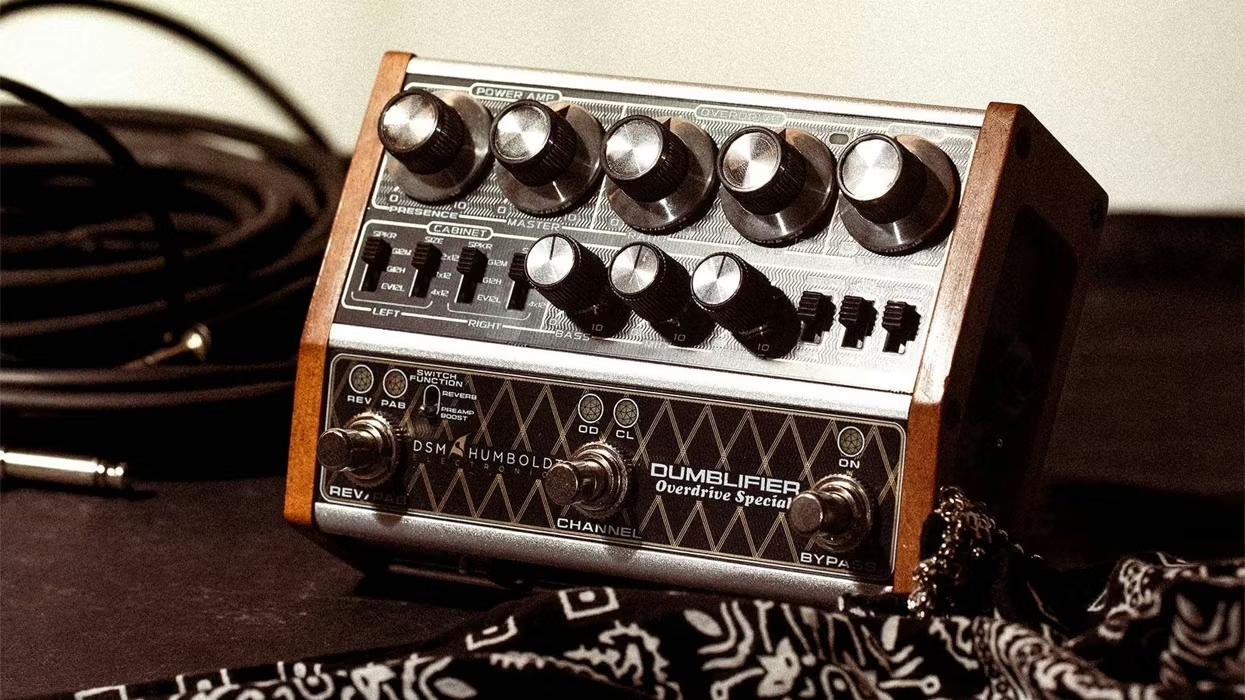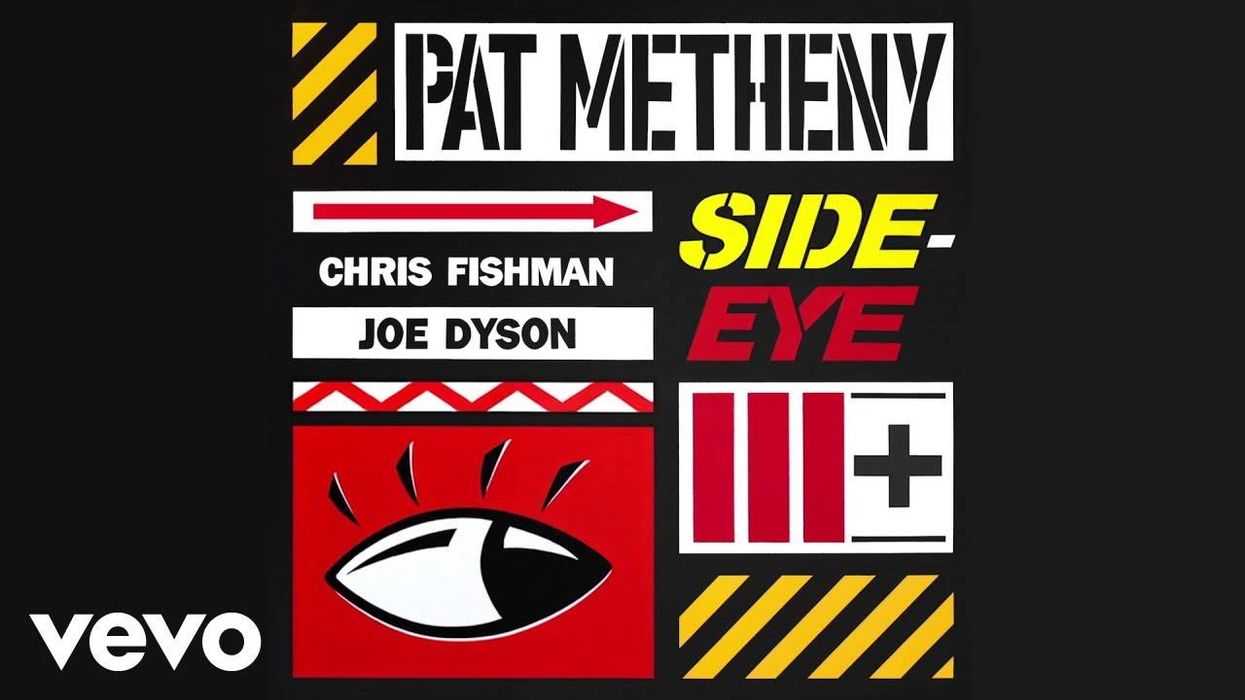You’ve probably had the experience of accompanying a singer/instrumentalist and needing to come up with an appropriate guitar part on the fly. It doesn’t matter whether it was a high-stress studio session or just singing around the campfire. You still had to create a musically meaningful accompaniment on the spur of the moment.
Sometimes you get lucky—an idea materializes in your head and magically emerges from your fingers. And sometimes there’s absolutely nothing in your head, so you just noodle around within some scale or blues-box pattern, hoping not to hit too many bad notes.
So allow me share a technique that’s saved my ass countless times.
Working With What’s Already There
When searching for accompaniment ideas, listen closely to what’s already there. A preexisting melody can be a goldmine. I don’t mean doubling the tune, though that can be a lovely thing. I’m talking about using the extant music to generate new parts.
If your new part builds on what’s already there, there’s a greater chance that everything will congeal into a coherent whole. Most listeners won’t even realize what you’re doing, but that doesn’t matter. If there’s a subliminal sense that the parts belong together, you’re most of the way there.
Hopefully that resonates as a general concept, but it still doesn’t tell you what damn notes to play. So I cooked up an example using “Shenandoah,” my favorite American folk song.
The Wide Missouri
Sorry for sidetracking, but “Shenandoah” has a fascinating history. It was probably first sung by fur traders working the Missouri River. Shenandoah was as real 18th-century Iroquois chieftain. Many versions of the song tell of a trader falling in love with the chief’s daughter. I’m not sure how a song about inland waterways became popular on the open ocean, but it did. “Shenandoah” is one of the best-loved sea shanties.
It’s musically fascinating, too. Sometimes it’s performed in 3/4, sometimes in 4/4, and sometimes in a free mix of both meters. (My version starts in 4/4 and ends in 3/4.) And that heartbreaking melody … so sad and sweet! The song has inspired countless artists. Bob Dylan, Bruce Springsteen, Van Morrison, Emmylou Harris, Paul Robeson, Bing Crosby, Jerry Garcia, Tennessee Ernie Ford, Jerry Reed, Pete Seeger, Roger McGuinn, Tom Waits, and the Mormon Tabernacle Choir have all recorded it. Two of my favorite renditions are by Richard Thompson and the Robert Shaw Chorale.
I play the tune through twice. The second time around, I add countermelodies inspired by the original tune, as transcribed in Ex. 1. [NOTE: It’s a full-page transcription that will appear on the bottom of this page.] The transcription starts at 00:39 in the audio clip, right before the second guitar enters.
I chose where to play by listening for the places where a singer would breath. The first countermelody enters at 00:44, just before the end of the first phrase. The tune should sound familiar—it’s an echo of the initial melody. (The music theory term for this is “imitation.”)
At 00:51, the initial idea gets flipped around—literally. This countermelody employs the same rhythm as before, but now it moves downward step by step, as if the original melody were reflected in a mirror. (Music theory geeks call this “inversion.”)
When They Go Right, Go Left
Sometimes the exact opposite technique works. That is, injecting ideas that are as different as possible from the part you’re complementing. The new countermelody at 00:59 is fast, while the original tune moves slowly. It rises at a point in the song where the original melody descends. Most of the “Shenandoah” melody moves in baby steps from note to adjacent note, but this phrase leaps up two octaves like a cat scaling a tree.
I added the little interjection at 01:06 just because the clash between my D and the underlying F# minor chord sounded appropriately poignant. And while the final new phrase at 01:08 is a straightforward bass line, it’s also an inversion of the original melody’s second phrase.
When They Go Low, Go High
Besides playing the most where the vocal melody does the least, I steer clear of the original melody’s register. Most of my notes fall in the octave below the main melody or in the octave above.
Are there actually geeks who do this sort of musical math while they’re improvising? Guilty as charged. But that’s beside the point, because these techniques can become instinctual once you train yourself to listen for them. They also apply when you’re not improvising, but are laboriously composing a part to suit an existing song.
There’s No Place Like Home
You know all those stories where the heroes go on a grueling quest only to discover that the thing they seek already exists within them? These musical techniques are a lot like that. Sometimes the best way to generate a new musical idea is to use what’s already there.









![Rig Rundown: John 5 [2026]](https://www.premierguitar.com/media-library/youtube.jpg?id=62681883&width=1245&height=700&quality=70&coordinates=0%2C45%2C0%2C45)




![Rig Rundown: Russian Circles’ Mike Sullivan [2025]](https://www.premierguitar.com/media-library/youtube.jpg?id=62303631&width=1245&height=700&quality=70&coordinates=0%2C0%2C0%2C0)











